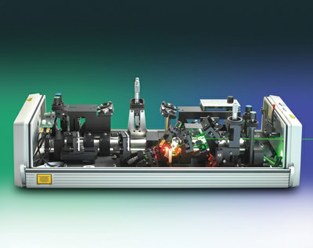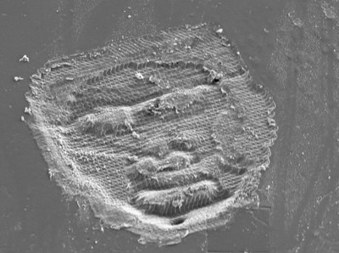Ultrafast electronics, Communications Engineering group
Overview
Our activity in Ultrafast electronics has grown from the ultrafast optical techniques which have been in use in physics, chemistry and more recently biology, for probing the most rapid processes that occur. Processes like the energy relaxation that controls the operation of semiconductor lasers, the speed with which ions engage in chemical reactions and so on have all been probed using very short light pulses with typical lengths of less than 100fs. Electronics has until recently been unable to mathc the speeds with which optical measurement techniques are able to observe processes but recent development have begun to open up the possibilities for much faster purely electronic systems opperating on sub picrosecond timescales.
Much of ultrafast electronics is devoted to analog electronic systems associated with mm-wave and sub-mm wave generation and detection, signal conversion and basic device physics being active research areas. This has also lead to a new technology of terahertz imaging which is now used routinely in security scanning applications.
Alongside these developments have been techniques based on ultra short optical pulses produced by modelocked lasers that provide the extremely high bandwidth signals with which to test and investigate device structures and performance. Using these lasers to generate gate pulses, and detecting EM fields via optical sampling techniques provides  very high resolution time domain data on signals propagating on circuits and through devices.
Our research is based on exploiting the very high bandwidth of optical systems to further develop the tools to investigate circuits, including the development of tools to characterise ultrafast digital systems with clock speeds in excess of 40GHz. Examples of such logic schemes include superconducting RSFQ logic and semiconductor based RTD and nanogate transistor logics.
The continuing development of communication technologies to greater and greater bit rates has also provided impetus to develop our work in the frequency domain with several research projects completed and ongoing in the exploitation of optical heterodyne techniques for the characterisation of high speed optical communication systems and devices.
Contact Prof. Chris Stevens
Facilities
Tsunami Ultrafast Laser System
60fs, 700mW tunable from 740-900nm.
This is the basic workhorse of most of our experimental work forming the pulses source of ultrafast sampling measurements and for pump-probe spectroscopy. The laser is powered by a 6W greeen CW laser beam from a millenia VIs frquency doubled yag laser which is itself powered by a sinlge fibre coupled laser diode.

In addition to the pulse source we use a variable length optical path known as a delay line to allow the control of arrival times betweeen pairs of pulses that are formed by passing the laser beam through a partially silvered mirror known as a beamsplitter. The dealy line is capable of controlling pulse delay times to a resolution of 1fs over a maximu time of 700ps. This degree of control is vital for the best performance of our instruments like the logic analyser.
Laser Micromill
The laser micromill is a home built tool for cutting microcircuits and structures on a sub micron sclae using laser ablation. This is a process where a very small region of a material is raised rapidly to a temperature high enough that it begins to decompose into gases. The heating is achieved by focussing single green (532nm) laser pulses onto the structure using a microscope whilst moving the specimen using a conputer controlled x-y stage.

This tool has been used to define superconducting microbridges, patterns of microelectrodes in polymer films, and to form molds for micromolding using carbon and various polymers. We have even done micro-artwork with it.....
